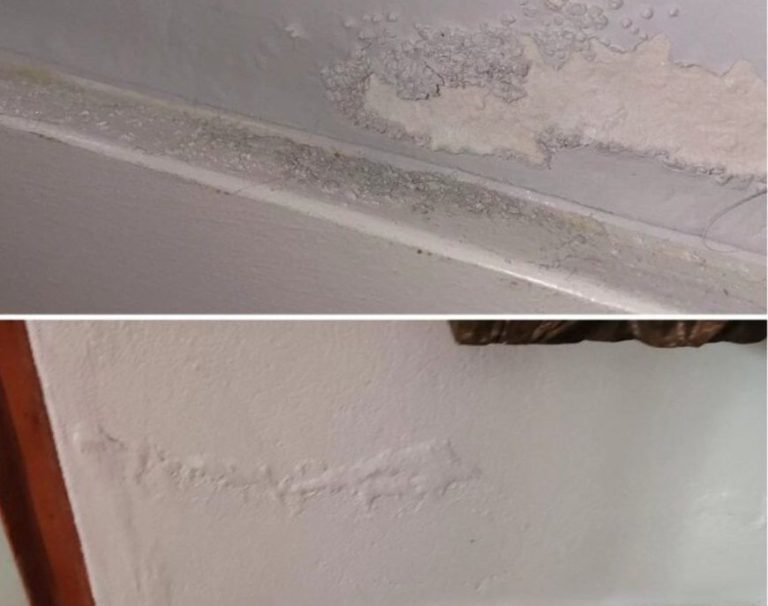ADVERTISEMENT
Rising damp is a common issue that affects many homes, particularly in older properties or those situated in areas with high ground moisture levels. It occurs when moisture from the ground seeps into the walls of a building, causing various problems, including peeling paint, discolored patches, and even structural damage if left untreated. For homeowners looking to manage this issue themselves, an effective DIY solution can save both time and money without the need to call a professional. In this article, we will discuss the causes of rising damp, signs to watch for, and a step-by-step guide on how to effectively eliminate rising damp and restore your walls to their former glory.
Understanding Rising Damp
Causes of Rising Damp
Rising damp primarily occurs when soil moisture rises through the capillaries in brick, stone, or mortar due to capillary action. Several factors can contribute to rising damp, including:
Substandard DPC (Damp Proof Course): Many older buildings either do not have an effective damp-proof course or the original DPC has deteriorated over time, allowing moisture to breach walls.
High Water Table: In areas where the water table is particularly high, or where the drainage system is ineffective, groundwater can rise and penetrate the building.
Poor Drainage: Insufficient drainage around the building’s foundation can lead to water pooling and subsequently rising into the structure.
Blocked Weep Holes: In brick constructions, weep holes allow drainage of moisture. If these are blocked, they can contribute to rising damp.
Signs of Rising Damp
It’s important to be able to identify the signs of rising damp early on to prevent extensive damage. Here are some common indicators:
Damp Patches: Look for localized patches of dampness on walls, typically up to 1 meter from the ground.
Peeling Wallpaper or Paint: The presence of peeling or bubbling wallpaper and paint is a strong indicator of rising damp.
Mold Growth: Fungal growth or mold spots often accompany damp conditions.
Salts on Walls: White powdery residue on the wall surfaces is likely salt efflorescence, which occurs as moisture evaporates and leaves salts behind.
Musty Odors: The growth of mold and mildew results in odors that signal moisture issues.
If you notice any of these signs, it is essential to take immediate action to stop the dampness from worsening.
DIY Method for Eliminating Rising Damp
The following sections outline a comprehensive, step-by-step DIY method to address rising damp effectively. While this project may take some time and effort, it is achievable with the right materials and a bit of patience.
continued on next page
ADVERTISEMENT
